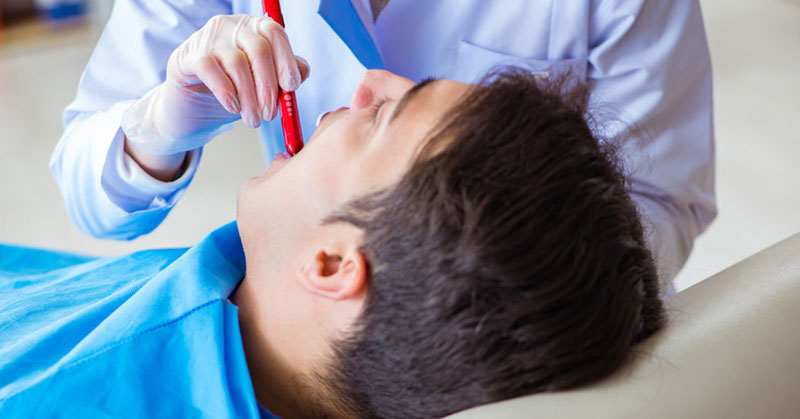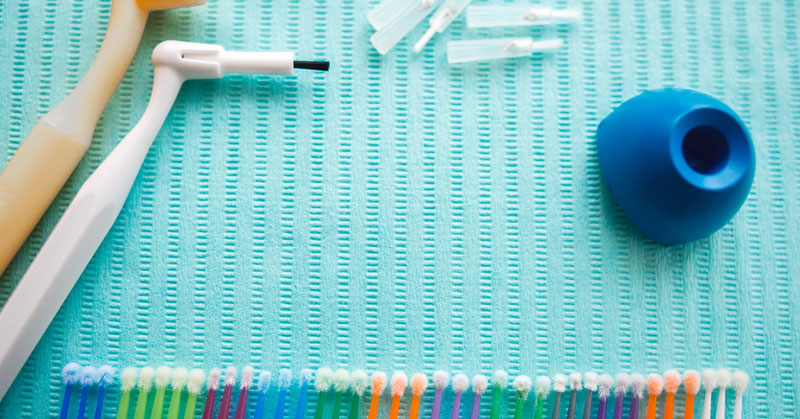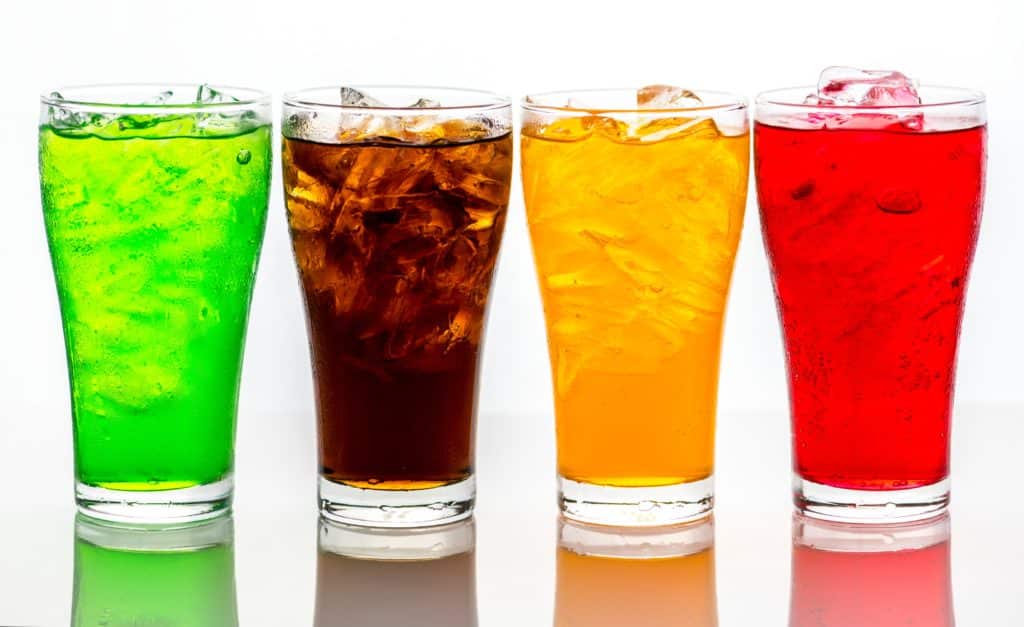It’s an unfortunate but true fact of life for parents of teenagers: we can’t be around them all day long to help them make the right choices. But we can set a good example and provide them with plenty of encouragement to make the choices in life that are best for them. This includes choosing the foods that promote healthy teeth and gums. Rather than letting your teens fill up on sweets and fast foods, make sure you have these tooth-healthy choices available for them at home on a regular basis. Once they become accustomed to making healthy diet choices at home, they’re much more likely to make those same choices when they are out in the world on their own:
- Lean protein – Protein is vital for all of us, and the phosphorus found in many protein-rich foods helps to keep teeth strong. Fortunately, there is a huge variety of lean protein choices available to keep on hand for your teenager, such as eggs, poultry and fish, as well as beans and nuts.
- Low-fat dairy products – Packed full of calcium, low-fat milk, cheese and yogurt are excellent additions to your teenager’s tooth-healthy diet. And there are other great options that fall into this same category, such as fortified nut “milk” and flavored tofu.
- Fresh produce – Your teen’s teeth and gums will benefit from the vitamins and minerals found in virtually all fresh produce. But the vitamin C found in citrus fruits, peppers, tomatoes, potatoes and spinach is especially healthy for their gums. Crunchy snacks like apples, carrots and celery not only provide vitamins and minerals; these foods also promote saliva production and help to keep teeth clean.
- Nuts – Most teens love to snack, so keep nuts on hand to give them a healthy snack alternative. The calcium and phosphorus found in almonds, cashews and Brazil nuts help to make teeth stronger and to fight tooth decay.
- Sugar-free chewing gum – Believe it or not, chewing sugar-free gum is actually good for your teen’s teeth and gums! Chewing gum helps to stimulate the production of saliva, which works to wash away any leftover food particles inside the mouth, and that reduces that chance for cavity-developing bacteria to grow. Just make sure that the chewing gum you have on hand for your teens is sugar-free.
The other very important part of helping your teenager to make the right diet choices is to avoid having bad ones around the house. Don’t keep sodas on hand, for example. The sugar can lead to tooth decay, and the acidity in sodas (even diet sodas!) can erode tooth enamel. Instead, keep fluoridated bottled water at home for your teen. Don’t stock up on candy, crackers and other processed food. Instead, have plenty of fruits, vegetables, lean protein, and low-fat dairy products available for your teens. We may not be able to be there every minute of the day, but we can still encourage our teenagers to make diet choices that are healthy for their teeth and gums, as well as their overall health.





















